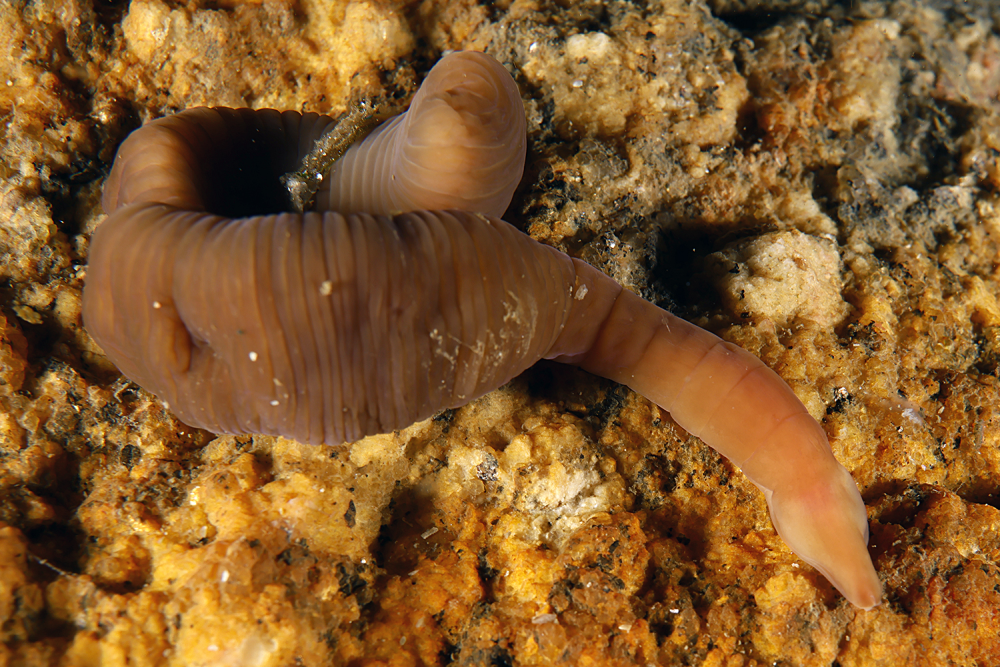A new-to-science species of worm has just pulled out one hell of a party trick: it can squash up like an accordion to a staggering one-fifth of its normal body length. No news yet on whether the feat comes with an equally comical gasp of discordant notes, but a reminder that worms really are a talented bunch.
It’s been named Pararosa vigarae, which might not mean much to you, but it’s up there with the greatest wedding anniversary gifts this writer has ever heard of. Yes, our accordion worm was named after Rosa Vigara, wife of the paper’s senior author, as a gift for their golden wedding anniversary. Like I’ve always said, why say it with flowers when you can say it with worms?
The accordion worm belongs to the order Heteronemertea, same as Lineus longissimus, the longest animal on Earth
Dr Aida Verdes
Contracting like an instrument isn’t the accordion worm’s only talent. As a member of Nemertea, a phylum of predatory worms that use venom to subdue their prey, it’s also a proficient hunter.
It was discovered off the Northwest coast of Spain where it lurks under rocks in the subtidal zone at a depth of 30 meters (98 feet). At around 25 centimeters (9.8 inches) in length, it’s pretty big as worms go. That is, of course, until it pulls its accordion trick.

From ~25 centimeters to just 5, it’s quite the transformation.
Image credit: Jacinto Pérez-Dieste
“The accordion worm belongs to the order Heteronemertea, same as Lineus longissimus, the longest animal on Earth, according to the Guinness World Records,” first author Dr Aida Verdes, of the National Museum of Natural Sciences, Madrid, told IFLScience. “When heteronemerteans contract their body, wrinkles or rings may appear due to epidermal tightening, but these rings are not regularly distributed as observed in the accordion worm.”
They might represent a convergent anatomical feature.
Dr Aida Verdes
“Moreover, in the accordion worm, these rings persist as epidermal constrictions when the animal is fully stretched. Similar constrictions can be observed in a few species of the class Hoplonemertea, a different evolutionary lineage, therefore, they might represent a convergent anatomical feature shared between some heteronemertean and hoplonemertean species.”
Verdes’ work centers around trying to find out what toxins make the nemerteans such efficient predators, and the evolutionary processes that got them there. The team’s work continues, but for now it’s a reminder that there are remarkable worms to be found everywhere – even places we’ve already looked.
“The coast of Galicia is the area where most nemertean species are known because it has been sampled more than other areas,” said Verdes, “[and yet], we still find new species to science with unique behaviors.”
If you’ll excuse me, I’m off to peek under some rocks.
The study is published in the journal Royal Society Open Science.
Source Link: New Species Of Incredible “Accordion Worm” Can Squish Down To One-Fifth Of Its Original Size